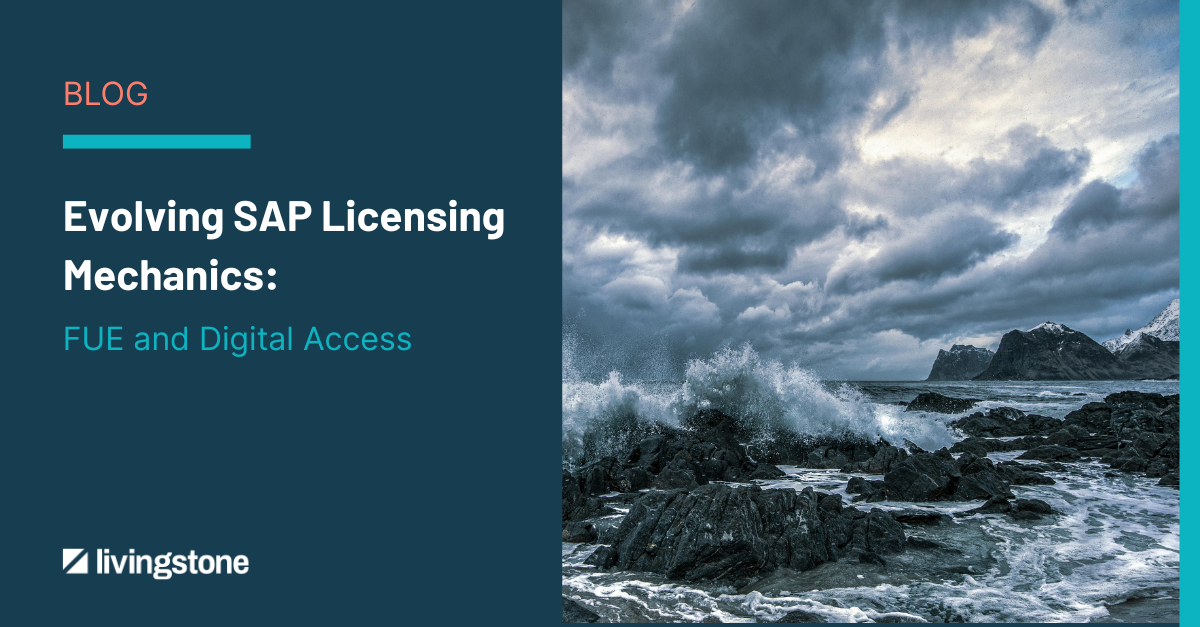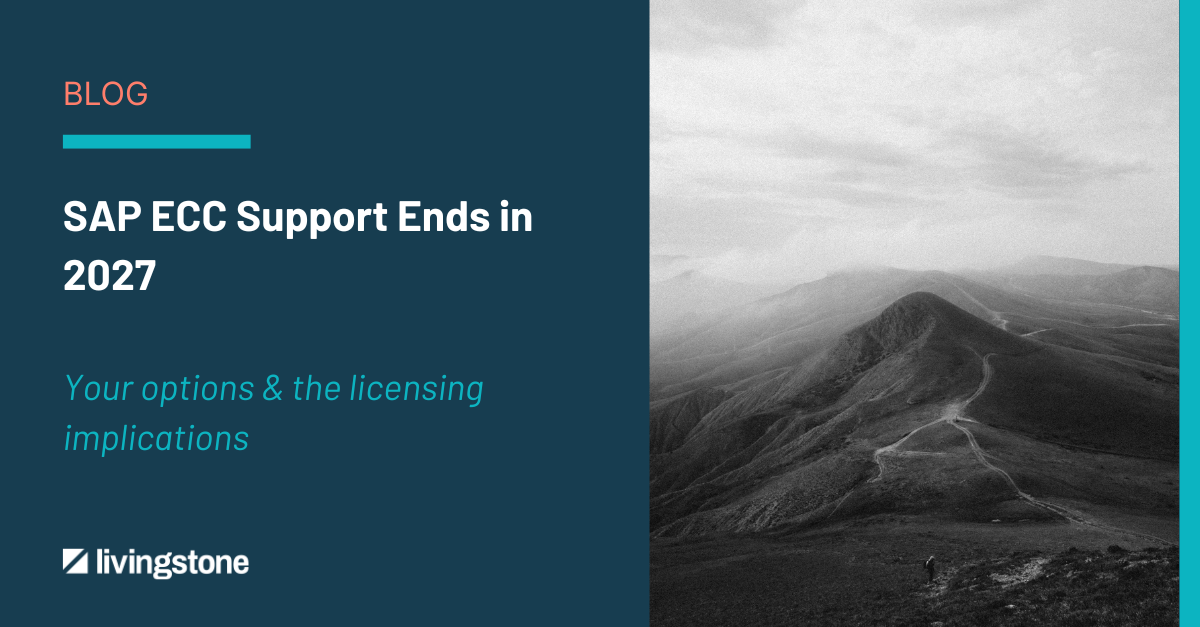Good license management is like heading into your loft to get the Christmas lights down and discovering that they were neatly stored the year before rather than left in a tangled mess. One makes for a joyful tree decorating experience, the other involves a lot of swearing and wasted time trying to untangle it.
Similarly, license management can be easy and joyful, if you do the work upfront. When you don’t it leads to wasted time and money - not to mention increased risk - down the line. Two of the main causes of messy license management are unclear contract terms and the onboarding process, in which disconnects between delivery teams and Software Asset Management (SAM)/License Management arise.
Let’s address both.
Step 1: Getting the license contract right
We see so many software contracts with terms that are ambiguous or license metrics that aren’t clearly defined. If we take the metric “Processor” for example, this can mean different things as each vendor has its own definition. If your license management team interprets it incorrectly this could land you in hot water with the vendor, resulting in unexpected costs.
Step one of better license management is therefore to get the contract right. This isn’t going to apply to smaller purchases where off-the-shelf terms are the only option. You still need to understand and manage these, but for the purposes of this blog I’m talking about the purchases where you can agree bespoke terms. Here’s a non-exhaustive list of things to consider:
1. List all licensed productsThis should include a minimum of part number/SKU, product name, edition, version, license metric, licensed quantity. License bundles must be broken down to show all included products.
2. Clear definition of use rights
Get clarity on legal entity restrictions, geographical restrictions, OS restrictions, disaster recovery rights, test/development rights, virtualization/sub-capacity rights, third party use rights, platform migration rights, Novation / transfer rights etc. Some restrictions such as legal entities and geographies should be as wide as possible for flexibility.
3. Clearly defined and measurable license metrics
Can the vendor provide the instructions or tools for counting usage against the defined metrics?
4. Unlimited / Enterprise-Wide License Agreements
For these types of agreements make sure you have clear definitions of how it works, what happens on exit, reporting requirements etc.
5. Audit rights
Ideally you should remove this, but in reality that’s not going to happen. Instead try to restrict frequency/scope, restrict to self-run audits, and define who the vendor should contact to initiate an audit. If the vendor wants an audit clause, make sure they provide instructions or tools for counting usage against the defined metrics as mentioned previously.
6. Product lifecycle information
Include links to lifecycle information web pages.
7. Price protection
If possible, price increases for subsequent renewals should be prevented or restricted.
8. URL links to terms
Don’t allow these in the contract as the vendor could change the linked terms at any time. Use an Entire Agreement clause
9. Licensing for additional demand
When and how this is done. Can you deploy and true-up periodically, or do you need to purchase before deploying?
10. Termination
Clarify the term of license and termination notice period if non-perpetual. While more difficult to include in a software contract, a termination for convenience clause is useful to have if you can include it.
11. Exit assistance
Define what help the vendor provides to exit e.g. data transfer. Are there costs for this assistance?
12. Support and Maintenance rights
Cover the levels and SLA’s, term and termination notice period.
Step 2: Perfect the licensing onboarding process
The other aspect to make license management easier is onboarding. It’s common for project or delivery teams to implement new software applications without consideration for how the licenses are managed in life. They may take care of implementation and how the software is internally supported, but license management is often forgotten about after the initial purchase. License management capability should be part of the project/delivery process.
Whether it’s on premise or SaaS, license consumption needs to be reported back to the people in your organisation responsible for license management, which may or may not be your SAM team. This capability needs to be implemented before the products (or new versions) are deployed, and you’re going to want this process to be automated where possible.
For on premises software, this could be ensuring that your discovery tools can detect installations of the products and all the hardware and software attributes necessary to calculate license positions. Or for user metric products, it could be querying Active Directory or a product user table.
For SaaS, most vendors will have an API that can be queried to get license consumption data. The vendor should be able to supply you with the documentation to do this. If this is not available an alternative solution should be found, at a bare minimum manual extraction of reports from a portal could be used.
For all license consumption reporting you also need to consider the frequency in which the data is provided. If you can automate processes, this can be near real-time.
Also to be considered in onboarding is how individuals or business initiatives can request additional provisioning of the products. The onboarding process must create appropriate workflows to ensure these are properly authorised and licensed. Ideally this will be done in your Service Management tool.
Conclusion
License management doesn’t have to be difficult. But much like anything, upfront preparation saves time in the long run. The benefits of effective license management go way beyond just time saving. By having near real-time data insights into your license position and usage, you can identify cost savings opportunities through license reallocation or areas of wasted spend. It also minimises non-compliance risk and puts you on the front foot should an audit take place.
How can Livingstone help?
Livingstone has experts in software contracting who can help ensure your contracts are fit for purpose. We can also help you design your on-boarding process and policies to ensure software license management doesn’t become a headache, costs can always be optimized and unexpected cost is a thing of the past.
Of course, there are other aspects that can make SAM and License Management difficult that haven’t been covered here. Whatever it is you need help with, we can come up with a solution for you. If you would like to talk to us about our SAM consulting services, complete the form below and a member of our team will be in touch.
Get our help now
About the author:
Andy Gray
Senior Consultant

Senior Consultant at Livingstone Technologies, Andy Gray has over 22 years of experience working in Software Asset Management, and over 5 years experience of working with Livingstone.
Connect with Andy →




